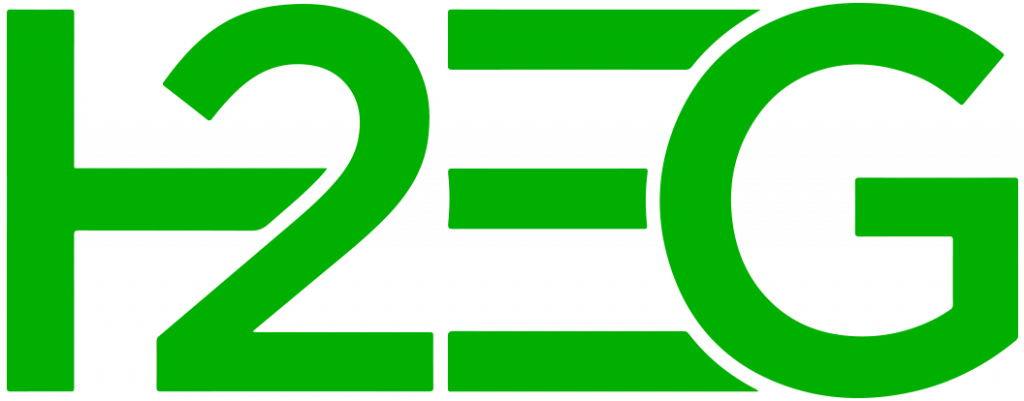
The automotive giant said the new facility will produce 30,000 fuel cell units per year from 2027, along with PEM electrolysers, as it looks to diversify its hydrogen technology foothold.
It is being built on a 43,000 square metre area of Hyundai’s former internal combustion engine transmission plant, representing a KRW 930bn ($651m) investment.
The plant will host both chemical processing and assembly operations, and will operate under Hyundai’s hydrogen HTWO brand name.
Hyundai Vice-Chair Jaehoon Chang said the facility would support national economic growth and establish South Korea’s leadership in hydrogen.
While Hyundai has long held a position in fuel cell manufacturing for its vehicle applications, the firm has been developing “megawatt-class” PEM electrolysers since the early 2020s.
It hasn’t released details of the system, but said it would leverage its fuel cell expertise in manufacturing.
However, the manufacturing expansion comes as more questions linger over the future reach of hydrogen mobility.
While South Korea has built up one of the strongest markets globally, Western markets are struggling to synchronise the rollout of both vehicles and infrastructure cost-effectively.
Other fuel cell makers like Honda have delayed manufacturing expansion plans.
Despite an early focus on passenger vehicles, South Korea, and other nations, are turning their attention to commercial vehicle classes that better suit the dynamics of hydrogen.
Reach the global hydrogen audience
Put your brand at the heart of the hydrogen conversation. With H2 View, you can reach decision-makers and professionals across the global hydrogen value chain.
Our 2025 Media Guide shows how you can:
• Advertise across digital, print, and newsletters
• Connect with a highly engaged hydrogen audience
• Align your company with trusted industry coverage
Download H2 View’s Media Guide today

